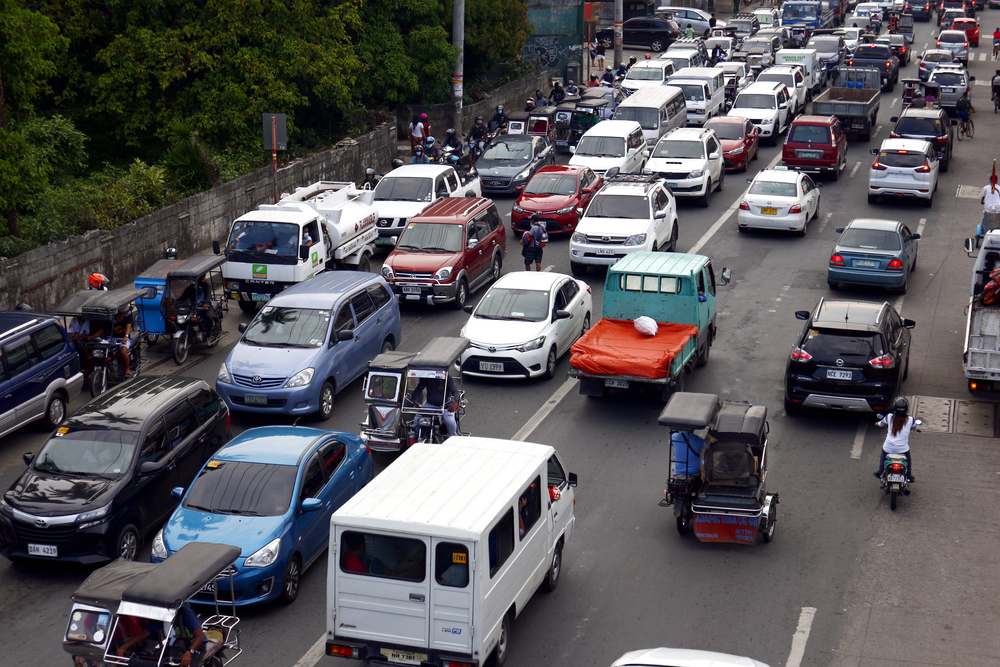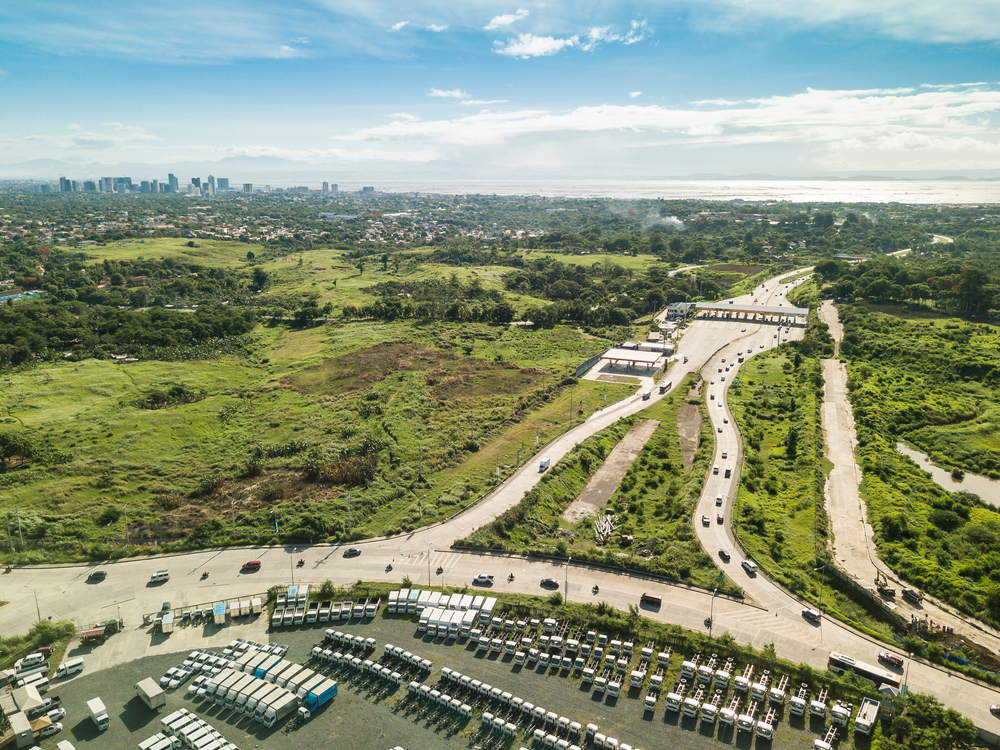Driving and Autos: Driving Conditions
The information below has been excerpted from the following: 1) the US Department of State's "International Travel" website (travel.state.gov/travel/), 2) the Australian Department of Foreign Affairs and Trade's "Smartraveller" website (www.smartraveller.gov.au), and 3) the UK Foreign and Commonwealth Office's "Foreign Travel Advice" website (www.gov.uk/foreign-travel-advice/). Additional information is available from these sources. World Trade Press annually assesses the information presented on this page.
United States: Department of State International Travel Information
While in the Philippines, you may encounter road conditions that differ significantly from those in the United States. The information below concerning the Philippines is provided for general reference only and may not be totally accurate in a particular location or circumstance.
Travel within the Philippine archipelago is possible by boat, plane, bus, or car. Few U.S. citizens rent cars to drive, as the roads are more crowded and drivers are less disciplined than those in the United States. It is particularly dangerous to drive off the national highways and paved roads, especially at night, and you should avoid doing so. There have been nine major inter-island ferryboat accidents in the last two years, eight with significant loss of life. The safety record is such that U.S. government employees are advised not to take inter-island ferry boat services unless this is the only means of transportation available. There have also been a series of bus accidents as a result of poor bus maintenance. U.S. citizens are advised to avoid overcrowded or unsafe transport and to exercise caution in planning travel by inter-island ferryboats or other public conveyances.
For specific information concerning Philippine driver's permits, vehicle inspection, road tax, and mandatory insurance, please contact the Philippine Embassy in Washington, DC, at tel. (202) 467-9300 or one of the Philippine consulates in the United State (Chicago, Honolulu, Los Angeles, New York, and San Francisco). Please see also related information from the Philippine Department of Tourism and the Philippine Convention and Visitors Corporation.
Australia: Department of Foreign Affairs and Trade Travel Advice
Sea travel in the Philippines is hazardous. You should not travel on ferries unless no other means of travel are available. Ferries are often overloaded, lack necessary lifesaving equipment and are not adequately maintained. Storms can develop quickly. More than 900 people were rescued and there were a number of fatalities when a ferry sank while travelling from General Santos City to Iloilo in September 2009. In June 2008, a ferry travelling between Manila and Cebu capsized during a typhoon. Around 800 passengers and crew died. For further information, please refer to our Travelling by boat page
Standards maintained by search and rescue services, transport services and tour operators, including adventure activities such as scuba diving, may not be comparable to those in Australia. Check operators' credentials and safety equipment beforehand and ensure your travel insurance policy covers your planned activities.
Piracy occurs in the coastal areas of the Philippines. For more information about piracy, see our piracy bulletin. The International Maritime Bureau issues piracy reports on its website.
Copyright © 1993—2025 World Trade Press. All rights reserved.

 Philippines
Philippines 
